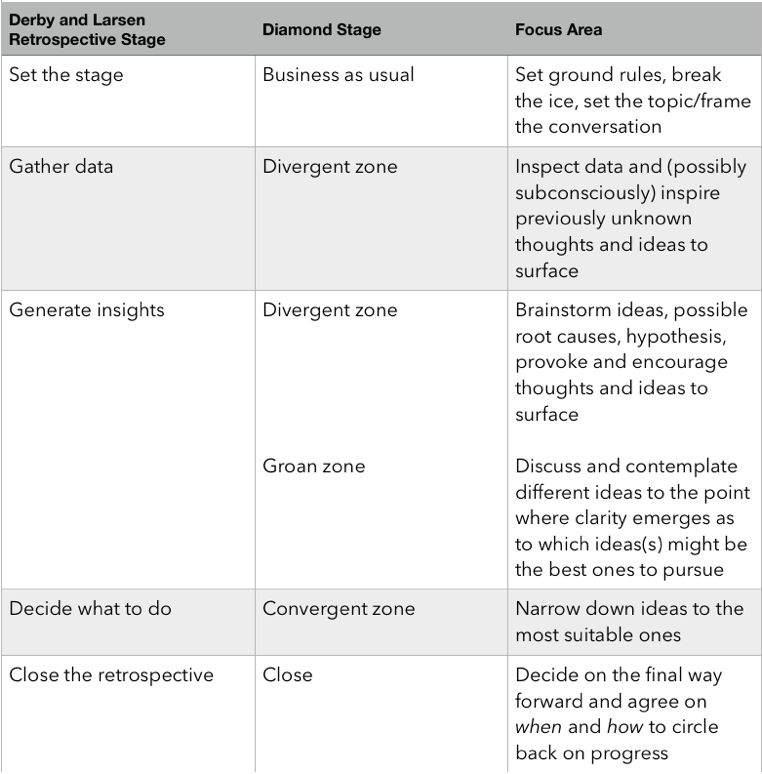Does your team want to improve? I mean, like really improve? Far too often we give "tuning and adjusting continually" lip service in the agile world. I am referring to the Agile Manifesto for Software Development (principle number 12).
- At regular intervals, the team reflects on how to become more effective, then tunes and adjusts its behavior accordingly.)
If you are using an agile process (like Scrum), then this principle is built directly into the process. A common issue I find when coaching agile teams is that the retrospective activity of Scrum tends to be an apathetic or even anemic event. Agile coaches are responsible for "working on the organization" not "in the organization". They can see these issues and prioritize ways to help the team move out of the rut of focusing simply on the day to day work.
If your retrospectives are merely a team sitting around a computer, talking about what went well, what didn't go well, and then write those in a word document (never to be seen again), then we should help the team learn better ways to facilitate the retrospective.
It should be an active and engaging exercise that allows the team members to address issues and talk about difficult problems in a safe environment. The "Agile Retrospectives" book is one that I always try to have on hand to help me "mix up" how to facilitate the retrospectives.
Principle 12 is a critical part to any team that is trying to deliver in an agile fashion. In addition to various techniques to help facilitate the retrospective, we as agile coaches must spend a bit of time preparing. The graphic below is one that I use often to help guide me through the thought process of how to facilitate a great retrospective for my teams. It is largely based off the process described in Agile Retrospectives as well as the Diamond of Participatory Decision Making.
More than just identifying ways to improve, your teams should come out with at least 1-3 things they can immediately improve upon the very next iteration (Sprint). If those 1-3 things are not identified and not committed to in the way of action plans, then the retrospective is a complete waste of time and the teams will start questioning the value of the event.
In the Diamond of Participatory Decision Making, there is a zone where teams need to get in order to learn how to share problems and identify solutions. It is termed "The Groan Zone". Most people find this zone uncomfortable and try to move past it as quickly as possible. If you are an agile coach however, you must teach your teams how to stay in the Groan Zone and have those healthy debates. Be comfortable with silence and a barrage of ideas. Facilitate an uncomfortable space for both convergent thinking and divergent thinking. Most people move out of this zone too quickly for the sake of thinking the meeting is stagnating. It is not, there is a ton of value in the teams sharing ideas, debating, and disagreeing. It may require a two-day workshop or even a couple of weeks.
If you are looking for a way to prepare for a retrospective, check-out the steps below and do some research on "The Groan Zone". I find this to be a highly effective way to facilitate those hard conversations with the team. A professional team is always looking for ways to improve in a challenging space. Let's help them discover those ways through great facilitation. Leave the problem solving to the team.
Learn more about these activities in one of our upcoming Advanced-Certified ScrumMaster® Workshops.
